Summary
It has a humid continental climate with hot summers and cold winters. Summers are typically hot and humid, with temperatures averaging around 85°F (29°C), while winters are cold with temperatures averaging around 30°F (-1°C). The city experiences moderate rainfall throughout the year, with the wettest months being May and June.
As for hydrology constituents, Saint Joseph is situated along the Missouri River, which provides opportunities for various water activities such as boating, fishing, and kayaking. The city also boasts numerous lakes and ponds, including Lake Contrary and Lake St. Joseph, where visitors can enjoy fishing and recreational boating.
In terms of outdoor recreation opportunities, Saint Joseph offers a range of activities. Krug Park is a popular destination, featuring serene walking trails, picnic areas, and beautiful gardens. Visitors can also explore the Jesse James Home Museum, which offers insight into the life of the famous outlaw. The city has several golf courses, parks, and sports complexes that cater to different interests.
In summary, Saint Joseph, Missouri experiences a humid continental climate, offers various water activities due to its proximity to the Missouri River, and provides opportunities for outdoor recreation such as hiking, fishing, and visiting museums and parks.
Weather Forecast
Saint-Joseph receives approximately 885mm of rain per year, with humidity levels near 84% and air temperatures averaging around 12°C. Saint-Joseph has a plant hardyness factor of 5, meaning plants and agriculture in this region thrive during a short period during spring and early summer. Most plants will die off during the colder winter months.
Area Campgrounds
| Location | Reservations | Toilets |
|---|---|---|
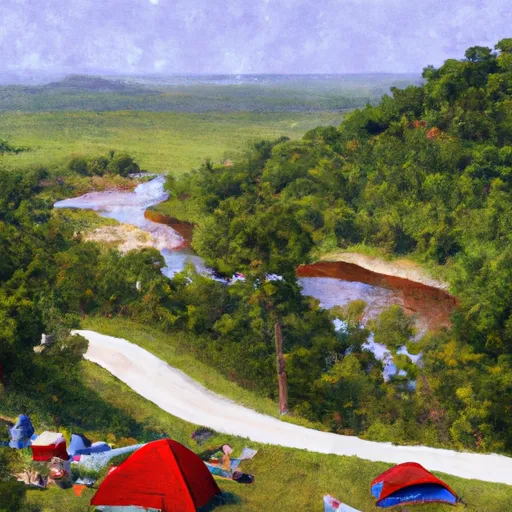 Strong Bull
Strong Bull
|
||
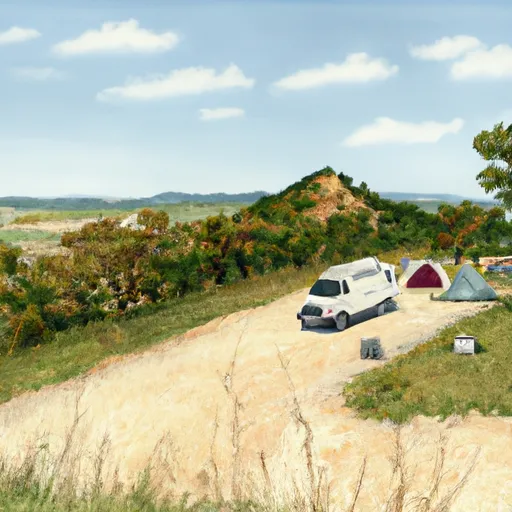 Sky Hawk
Sky Hawk
|
||
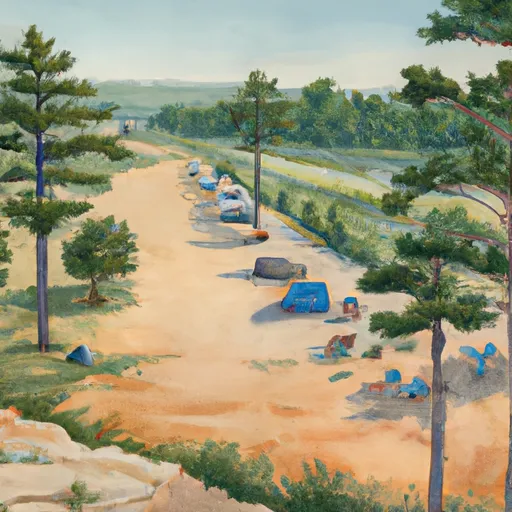 Short Arrow
Short Arrow
|
||
 Pueblo
Pueblo
|
||
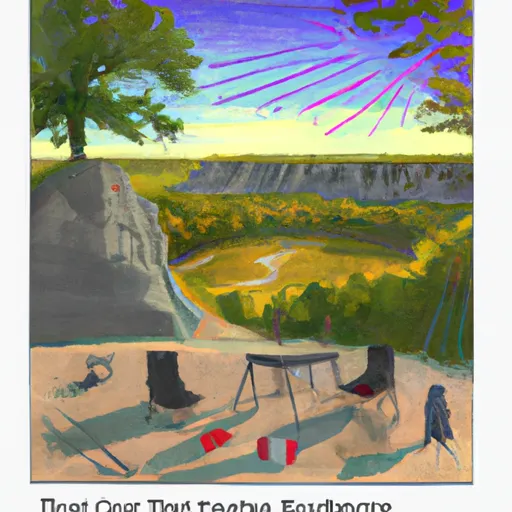 Souix Lookout
Souix Lookout
|
||
 Arapaho
Arapaho
|

 Pigeon Hill Conservation Area
Pigeon Hill Conservation Area
 Conservation Area Bluffwoods
Conservation Area Bluffwoods
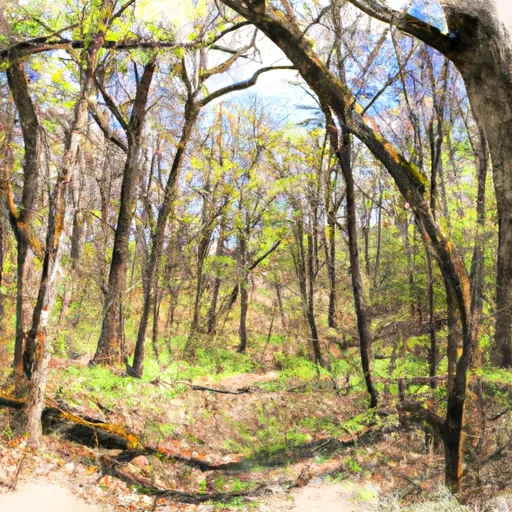 Bluffwoods State Forest
Bluffwoods State Forest